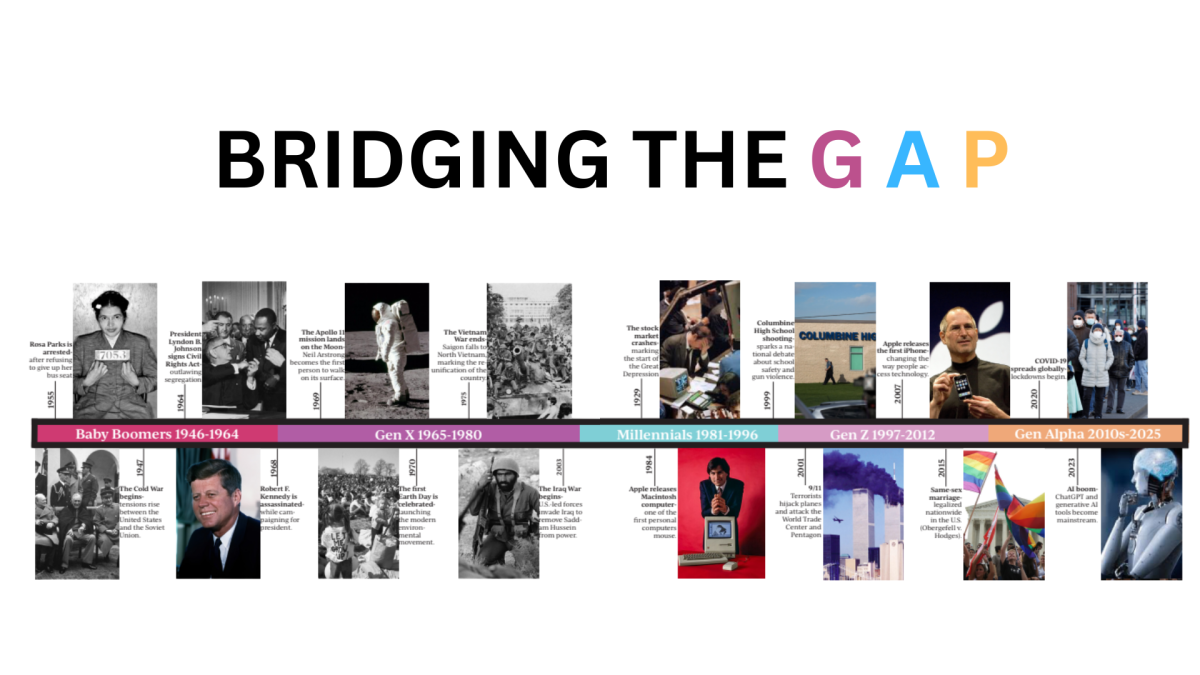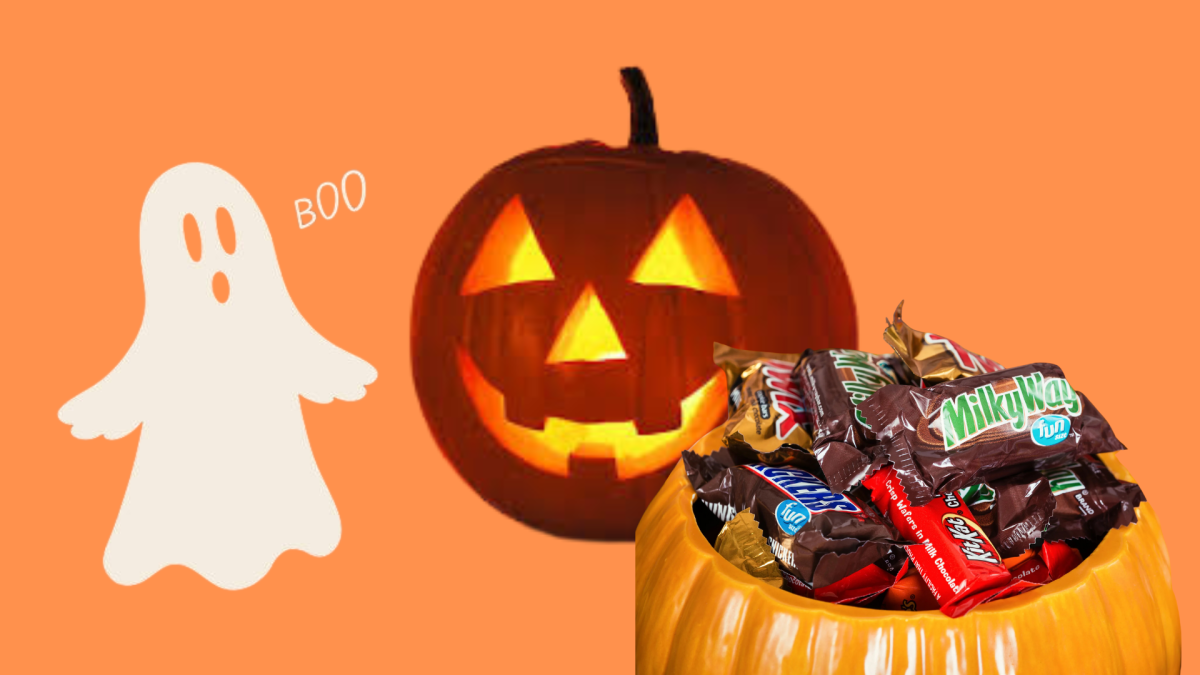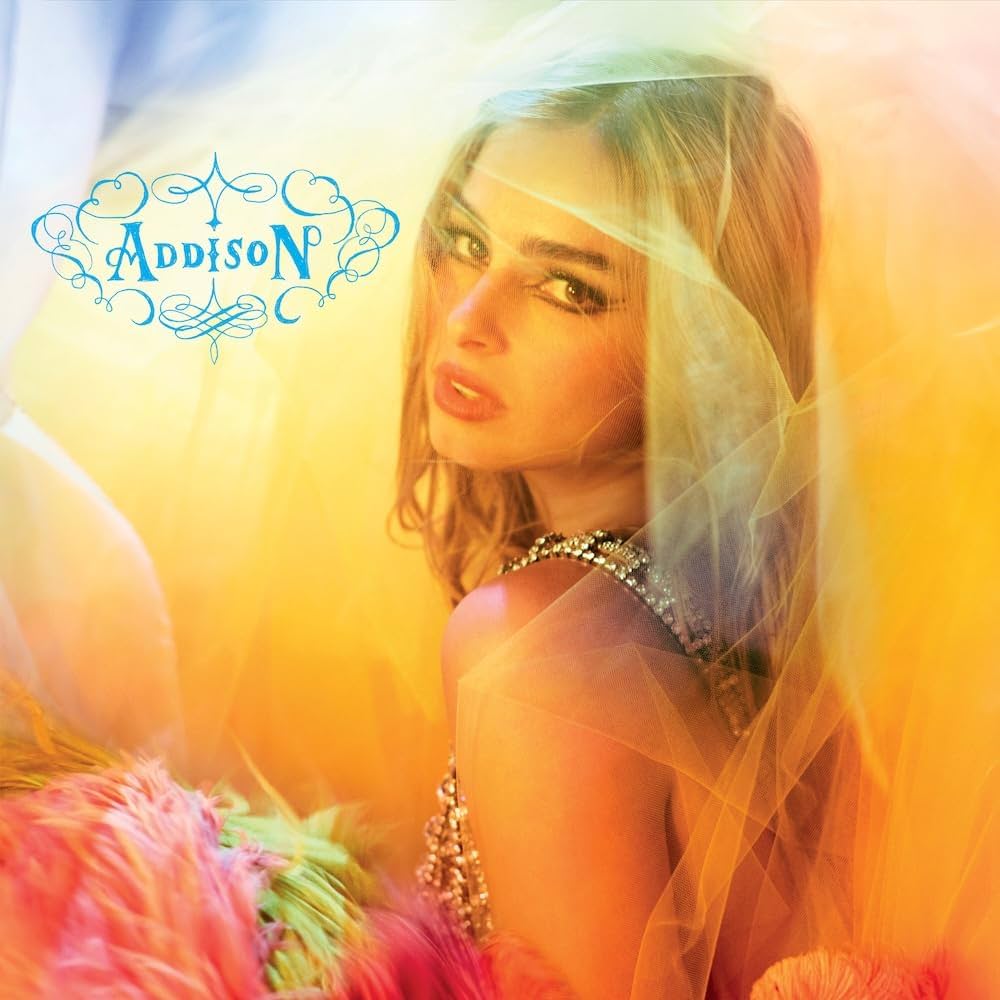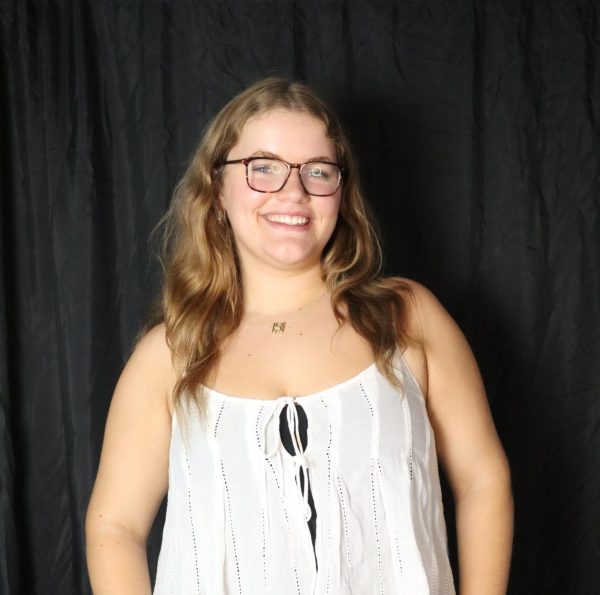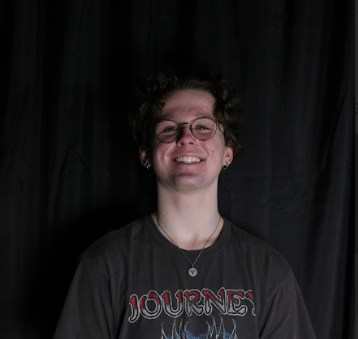During finals season, teachers are tasked with issuing a final exam to their students who cannot or choose to not exempt. While many opt to issue a final test of questions, some choose to give their students a final project or presentation.
For Ceramics II and III teacher Angela Reiswig has students use their work throughout the year and put it into a digital portfolio to present to their class. During their presentations, students can look at and talk about their work with their classmates.
“I like doing critiques and portfolios,” Reiswig said. “It’s cool to hear students talking about their own work with their peers and watching the realizations of how they have gotten better through the year, how others enjoy their work or hearing the story of how that piece came to be from the artist. As a teacher, seeing those ‘light bulbs’ go off in students is one of the best things about teaching.”
ASL teacher Karie Smart gives her students a test, but it’s different from the average finals test. Smart stands in front of the class and signs a live test for students to immerse in the ASL culture while being able to watch and interact in real time.
“In years past, students were able to watch a video about signs learned throughout the year, in an effort to make the test more realistic to conversation with a deaf person, I will be signing the final live,” Smart said. “I think it prepares students for conversation because even with myself, being fluent, there are times when I’m in a conversation with a deaf person where they’ll use a sign that I don’t know, but I can kind of figure out what it means through context, and this helps with that skill.”
Teacher Ash Crane’s final for geography is an in depth research project, the twist being that the final isn’t just about research but the creative presentation students have to give on their research.
“The final is a project researching the ‘Character of Place’ of a country, essentially all of the physical and human factors that make it unique, as well as looking into major issues the country is facing and finding the solutions being implemented to solve them,” Crane said. “Groups that do something more creative really get to truly express themselves in ways that they do not always get to do. I really like this final, it is a good way to end the year.”
For the small animal agriculture class teacher Meagan Crandall assigns students to make pet treats for any small animal. Students make treats from scratch and additionally produce packaging, Crandall then lets her dog do a live taste testing.
“So they can use any ingredients as long as it’s stuff they can find at a grocery store and it can be baked [or] frozen” Crandall said. “I like the final because it gets students to be more creative than just taking a 100 question test. We go through all of the different species that people can keep as pets and requirements of health for them so they have to have an understanding of nutritional values of different foods.”


